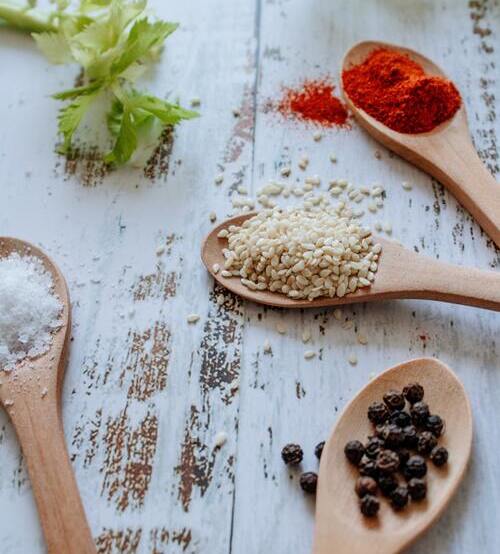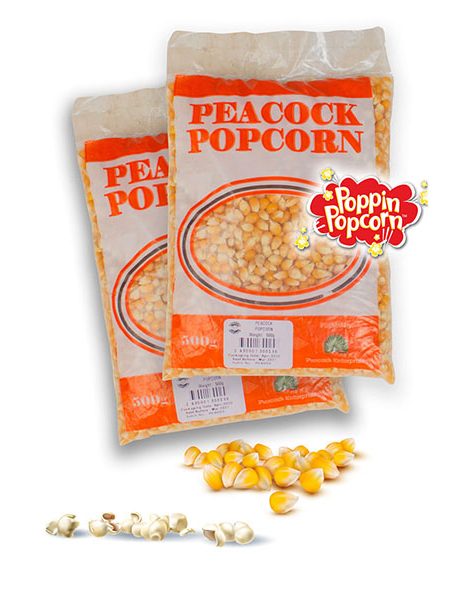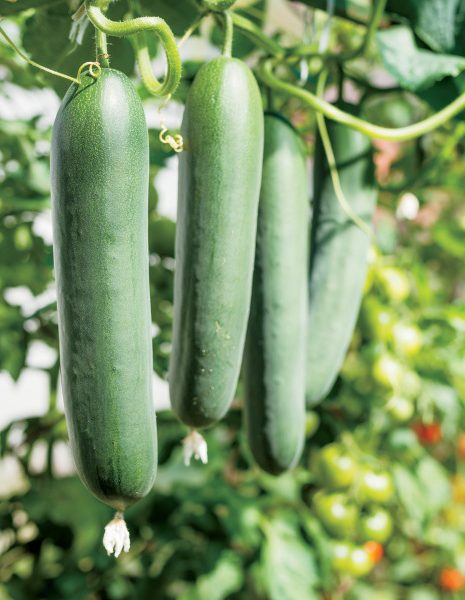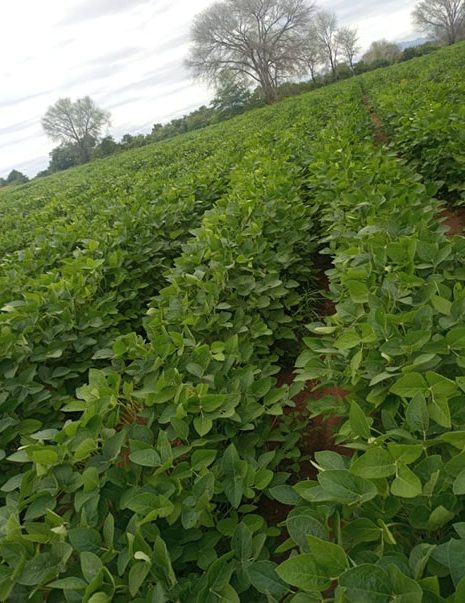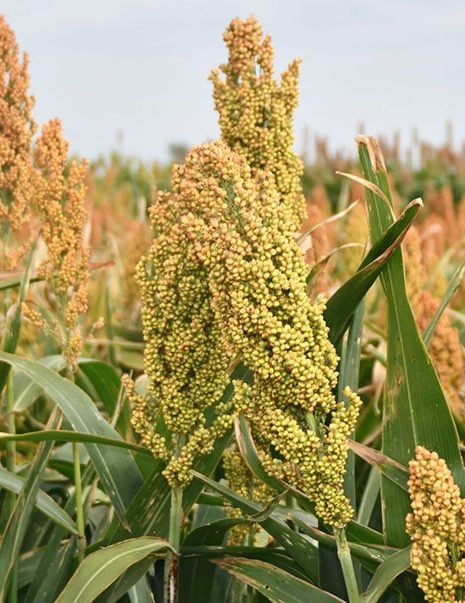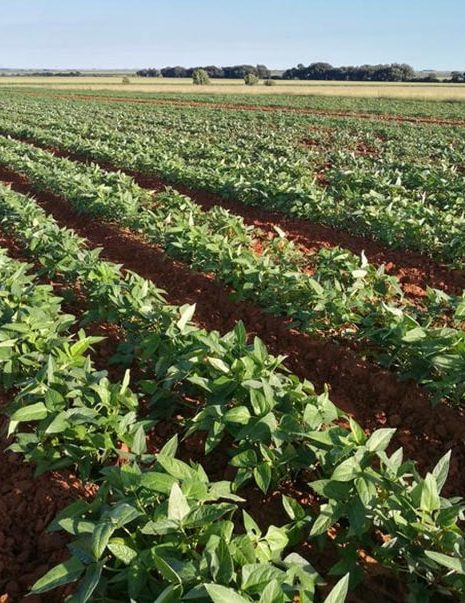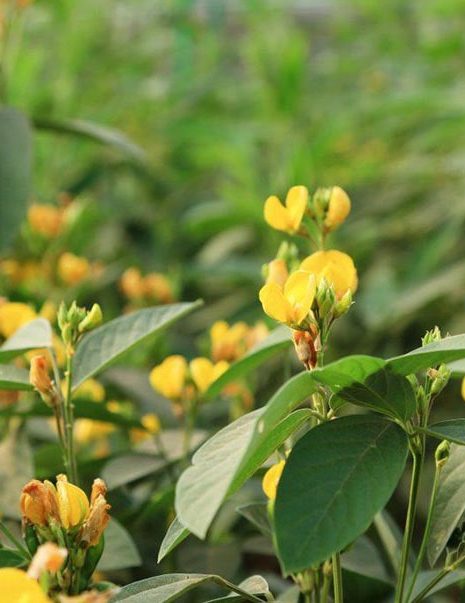Sesame is a popular crop that is grown for its edible seeds, which are used in many culinary dishes. It is also a valuable oilseed crop, with the oil extracted from the seeds being used in cooking, cosmetics, and even medicines. Sesame farming can be a profitable venture for farmers, but it requires careful planning and management to ensure success. In this article, we will discuss how to grow sesame, best practices for sesame farming, suitable climate and soils, and diseases that affect sesame crops.
How to Grow Sesame
Sesame is a warm-season crop that is usually planted in late spring or early summer when the soil temperature reaches at least 70°F (21°C). The seeds should be planted 1/2 inch deep in well-drained soil that has been amended with compost or manure. Sesame plants require full sun and regular watering during the growing season. Once the plants reach maturity (about 90 days after planting), they should be harvested before the pods turn brown.


